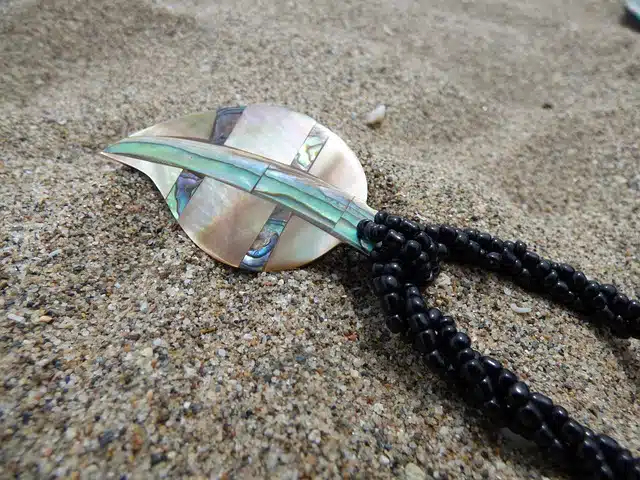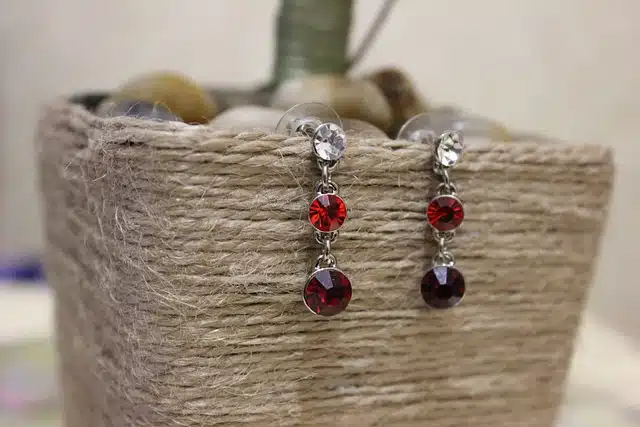
Beads are decorations of little commercial value but attractive appearance.
The Sanskrit word veluriya passed into Greek as bḗryllos , which came into classical Arabic as billawr . This term, in turn, derived from the Hispanic Arabic alballúri , which refers to something made of glass . After this etymological journey, we arrive at the concept of beads .
colorful ornament
It is called a bead, it is an ornament of little value but it is very attractive . By extension, a bead is something ornamental , whether physical or symbolic, especially when it is exaggerated . For example: “I like minimalist environments, without beads” , “The actress usually takes photographs next to the beads in her living room” , “Little by little, the writer moved away from excessive adjectives and adopted a style with few beads, a lot neater and more direct.”
Bead or bead
A bead is also called a bead that, as it has a hole, can be strung with others. Also known as beads , beads can be made with different materials and have all types of designs, including colors and shapes, both to decorate environments and for personal use.
Bracelets and necklaces can be made with beads, to mention two possibilities. The use of these elements goes back a long time , as there are records of their use by the ancient Egyptians, the Aztecs, the Mongols and other peoples.
In India and ancient Mesopotamia, for example, gold beads were found. In Egypt, on the other hand, members of the nobility gave pendants made of colorful precious stones, ceramic or glass beads. In Mongolia and the ancient Hellenic city of Byzantium, pearl necklaces were common, worn by nobles and courtiers. Those from Mesoamerica had small beads.
We also find them in the clothing of the Aztec people known as Maxtlatl : the nobles had decorations based on beads and feathers on the shoulders, where they carried the blanket called tilmatl . Returning to the materials, the most used today are Bohemian, Murano, Czech and Austrian crystals, without leaving aside those from the Asian continent. We can also mention that of Swarovski , one that stands out for the many colors and the various ways in which it is marketed, in addition to its characteristic shine and quality.
Bujouterie
It is common for beads to be used for the production of bijouterie ( costume jewelry ). Since jewelry is produced with materials that are not precious or jewelry , the beads used in this area are usually not very expensive.
Costume jewelry, therefore, differs from jewelry in the quality of the accessories : whether earrings, bracelets, pendants or rings, their materials are of lower quality and, therefore, are more economical. That said, the appearance of a jewelry product does not always reveal its inferiority compared to a piece of jewelry. This is due to the skill and good taste of certain manufacturers and craftsmen, who are capable of making beads and other very well finished elements.

Jewelry is made from various materials, including beads of different kinds.
The beading game
Finally, The Bead Game is the Spanish title of a novel by Hermann Hesse , which was originally written in German, his native language. The writer published this book in 1943 , just three years before he was awarded the Nobel Prize in Literature . Although Hesse lived almost two more decades, he did not publish many more books after this one.
The story of The Bead Game takes place in the future, between the 25th and 26th centuries, two millennia after the life of Saint Benedict of Nursia , a Christian monk who is considered the founder of monastery life. The narrator is the biographer of Josef Knecth , the "master of games" of an order that has the same name as the book.
